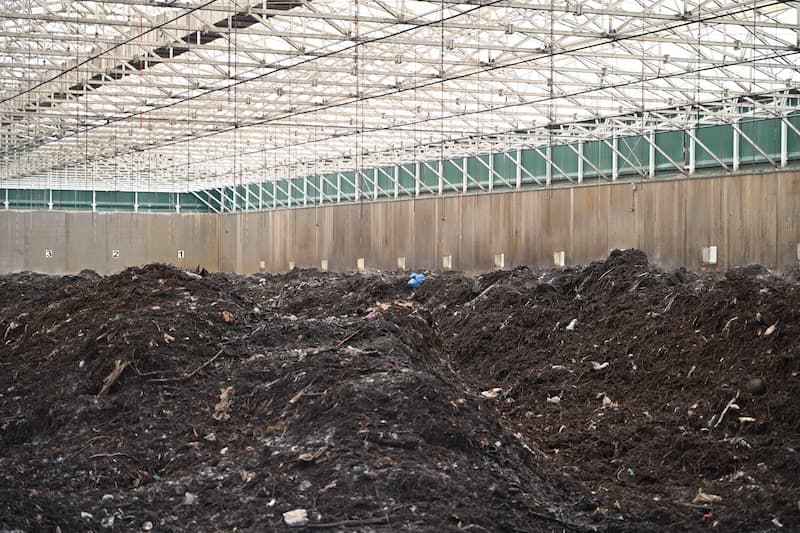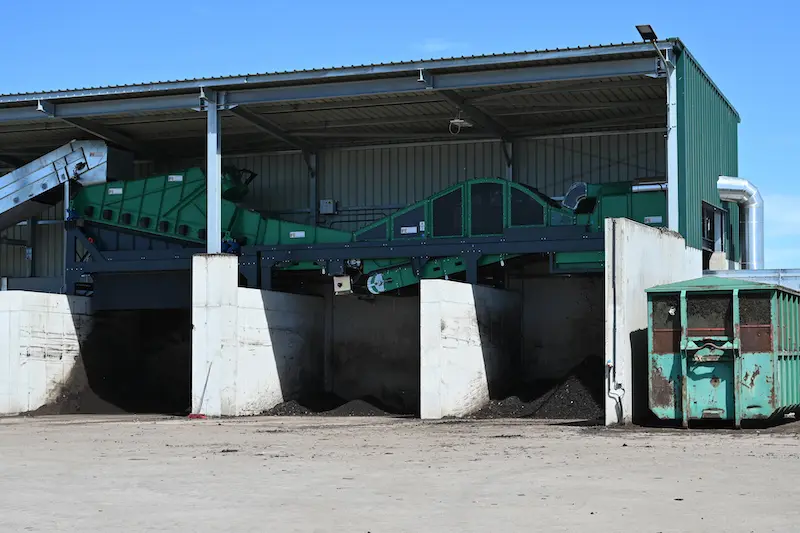Biogenic residues
Increased utilization of biogenic residues for a sustainable bioeconomy
Biogenic waste refers to organic waste generated through biological processes. Typically sourced from plant, it includes items such as food remnants, garden waste, trimmings, foliage, fruit, and vegetable scraps. These wastes can either occur naturally, such as fallen leaves or decaying wood, or result from human activities, like household food waste or pomace from production.
Sustainably designing the bioeconomy necessitates an increased utilization of biogenic waste and residues. These materials offers significant technical potential, capable of being utilized both energetically and materially.
Source: UBA Bioabfallstrategie, 2014

High-value use as
renewable energy source
Since land is a scant resource, the availability of biomass for use as renewable energy source is limited. The aim, therefore, is to use biogenic waste and residues for this purpose.
Source: Biogenic Residues: BioRest: Availability and utilization options of biogenic waste and residues in the energy system (electricity, heat, and transport)In addition to its use as energy source, with which renewable electricity and heat can be produced in biogas plants, biogenic waste can also be used to produce compost.
Source: BioRest UBA. 2019; FAQ on organic waste bags. C.A.R.M.E.N. 2018In Austria, approximately 3,080,000 tonnes of biogenic waste were collected in 2019 and 2,828,000 tonnes were processed. Composting plants processed about 868,000 tonnes of this waste, and biogas plants processed about 468,000 tonnes. Approximately 173,000 tonnes were turned into biodiesel in recycling plants and 77,000 tonnes (mainly non-municipal sludge) were used in brick manufacturing processes. Around 91,000 tonnes were treated in mechanical-biological plants.
Source: Federal Waste Management Plan 2022 Figure 51: Treatment of biogenic waste 2019, BAWP 2022, P. 198The Federal Waste Management Plan differentiates between three waste groups:
- Separately collected ("single-source") biogenic waste (e.g. "organic waste garbage can", garden waste and park waste, grass cuttings/leaves)
- other separately collected biogenic waste (e.g. various organic slurries, edible oils and fats, grease separator contents and screenings)
- biogenic waste contained in mixed municipal and commercial waste
(according to the 2018/2019 evaluation of the residual waste composition in Austria, the biogenic fraction contained in mixed municipal and commercial waste accounts for 33% approximately).